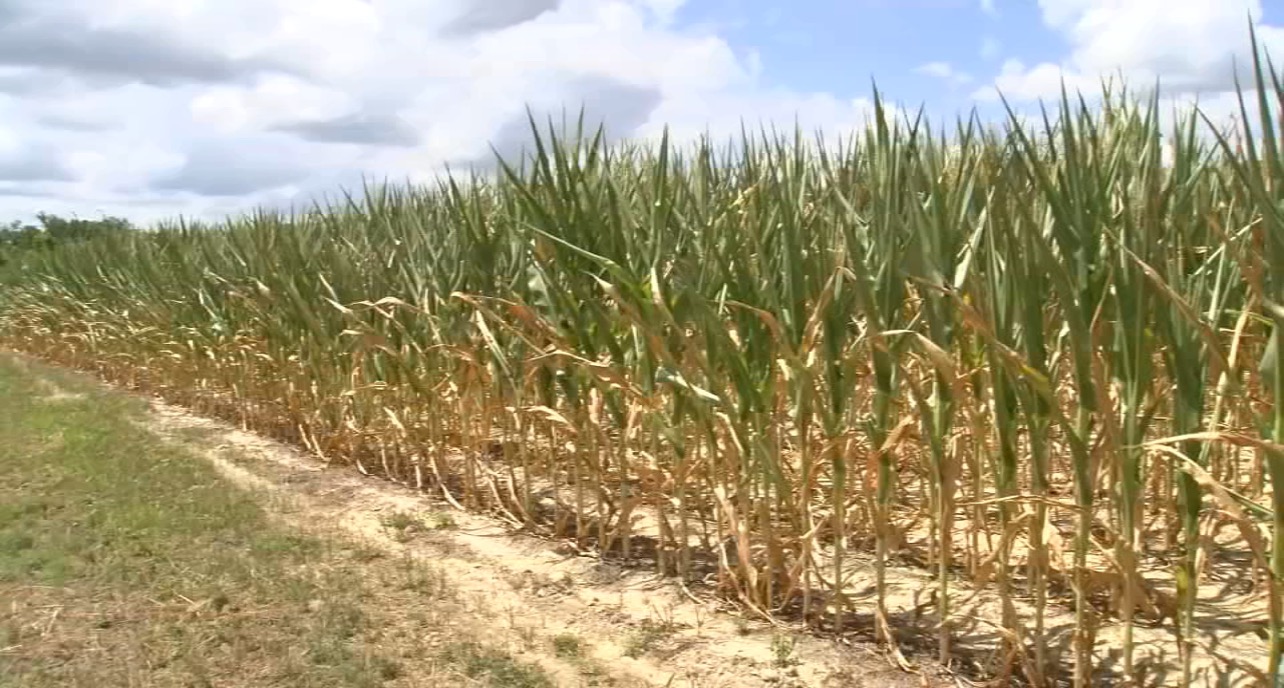From the Vine – Rain Is a Good Thing
go.ncsu.edu/readext?1075769
en Español / em Português
El inglés es el idioma de control de esta página. En la medida en que haya algún conflicto entre la traducción al inglés y la traducción, el inglés prevalece.
Al hacer clic en el enlace de traducción se activa un servicio de traducción gratuito para convertir la página al español. Al igual que con cualquier traducción por Internet, la conversión no es sensible al contexto y puede que no traduzca el texto en su significado original. NC State Extension no garantiza la exactitud del texto traducido. Por favor, tenga en cuenta que algunas aplicaciones y/o servicios pueden no funcionar como se espera cuando se traducen.
Português
Inglês é o idioma de controle desta página. Na medida que haja algum conflito entre o texto original em Inglês e a tradução, o Inglês prevalece.
Ao clicar no link de tradução, um serviço gratuito de tradução será ativado para converter a página para o Português. Como em qualquer tradução pela internet, a conversão não é sensivel ao contexto e pode não ocorrer a tradução para o significado orginal. O serviço de Extensão da Carolina do Norte (NC State Extension) não garante a exatidão do texto traduzido. Por favor, observe que algumas funções ou serviços podem não funcionar como esperado após a tradução.
English
English is the controlling language of this page. To the extent there is any conflict between the English text and the translation, English controls.
Clicking on the translation link activates a free translation service to convert the page to Spanish. As with any Internet translation, the conversion is not context-sensitive and may not translate the text to its original meaning. NC State Extension does not guarantee the accuracy of the translated text. Please note that some applications and/or services may not function as expected when translated.
Collapse ▲If you’re a music fan, you probably know there’s no shortage of songs about rain. From “Raindrops Keep Falling on My Head” to “Purple Rain,” “Here Comes the Rain Again,” and “Blue Eyes Crying in the Rain,” it seems like every generation has found inspiration in the weather. But when it comes to farming, my favorite rain-themed song is by Luke Bryan: “Rain makes corn, corn makes whiskey… rain is a good thing.”
Here in Sampson County, rain really does make corn, and much of that corn supports our livestock industry. Local farmers grow the feed that sustains our cattle, swine, and poultry industries, which in turn provide us with a safe, affordable, and abundant supply of protein. But as any farmer will tell you, the relationship with rain is complicated.
So far this year, we’ve received just over 16 inches of rain—right on track for late May. Crops look great, and optimism is running high. But this is the same place we were in 2024 before the weather took a sharp turn. At the end of May last year, fields were thriving. Then the spigot shut off. For 38 straight days, not a drop fell. When the rain finally returned in July, we got 12 inches in one month—too much, too fast. The result was a challenging season. Some crops were lost completely, and many fields failed to reach average yields.
Rainfall is essential to agriculture, but timing, intensity, and consistency matter just as much as the total amount. According to NC State Extension, most crops in Eastern North Carolina are rainfed, especially corn, soybeans, and tobacco. During early growth stages, rainfall or adequate soil moisture is critical for germination and seedling establishment. Later in the season, it affects nutrient uptake, flowering, fruiting, and yield.
Plants absorb nutrients in a water-based solution. Without enough rain, roots can’t draw in what they need from the soil. On the other hand, too much rain can leach nutrients beyond the root zone, erode soil, and increase the risk of disease. Saturated soil can also prevent equipment from entering fields, delaying everything from planting and spraying to harvesting. Research from land-grant universities like NC State and the University of Georgia emphasizes the importance of moderate, well-distributed rainfall. Conservation tillage, cover cropping, and other soil health practices can help retain moisture during dry spells and reduce the damage
from heavy rains.
The bottom line? Rain can make or break a season. It’s something farmers can’t control, but they must constantly adapt to. So, if you find yourself wishing it would stop raining, just remember: for the folks growing our food, rain is more than just background noise—it’s life-giving. And in the words of Luke Bryan, rain really is a good thing.




